Today I was going through some old folders full of photographs I took while I was still at college and I discovered quite a few things that I was actually planning to write about but never did. For example, I remember in February I went to London for my university interview at Chelsea College of Art. (It was actually my first interview and I was really stressed) But after the interview I had a lot of spare time on my hands so I thought its a great opportunity to visit some Art Galleries without being rushed by anyone. Unfortunately my portfolio was so heavy that a barely could walk (I swear it wasn’t so heavy when I was leaving home!) So, in the end the only place I went to before going back home (Noooo..sooooo many things I could have done in London if I didn’t have this massive folder with me!) was a little University Gallery right next to it. So even though I didn’t get do anything exciting that day at least I was lucky enough to see all those awesome posters! And here they are:
I was also really happy because the weather in London was surprisingly nice that day!
Soo, thats it for today. Thank you for reading, I hope you liked all those great poster (of course you did!) and are looking forward my next post…maybe.. tomorrow?
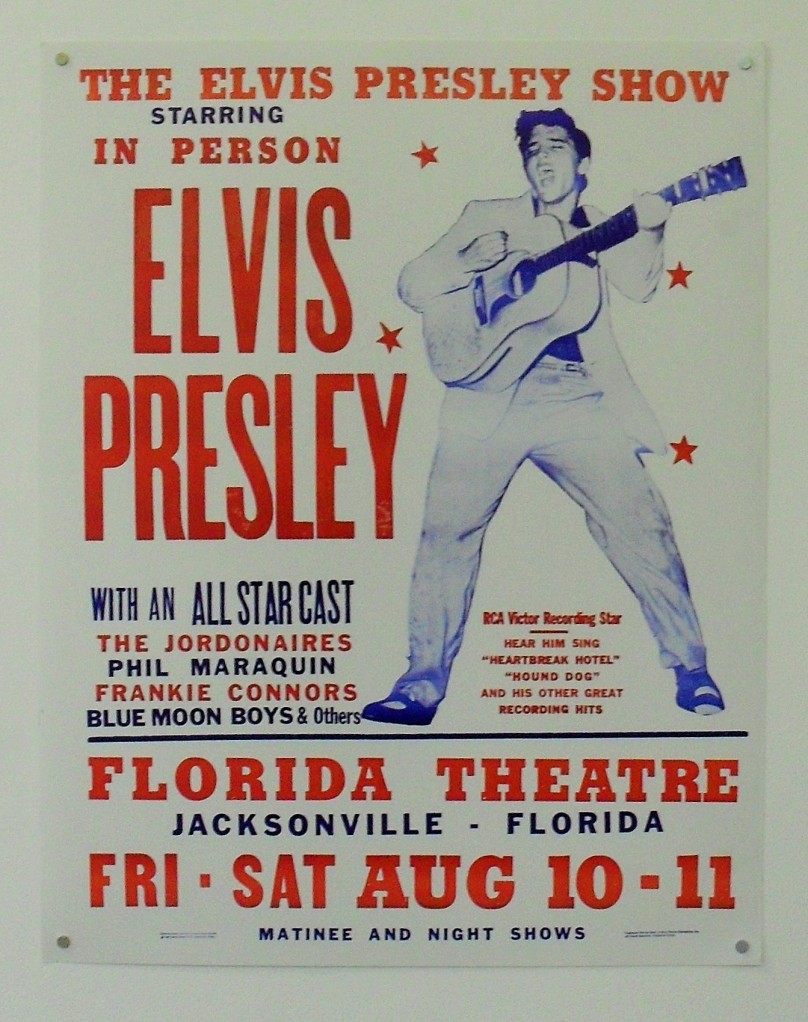


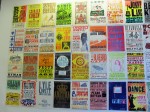

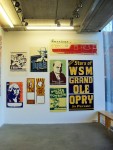

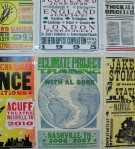

































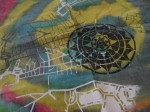
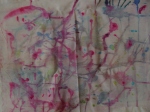

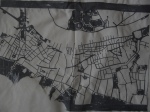
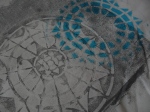


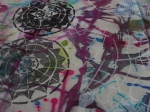
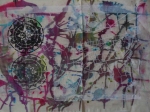



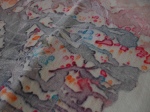
You must be logged in to post a comment.